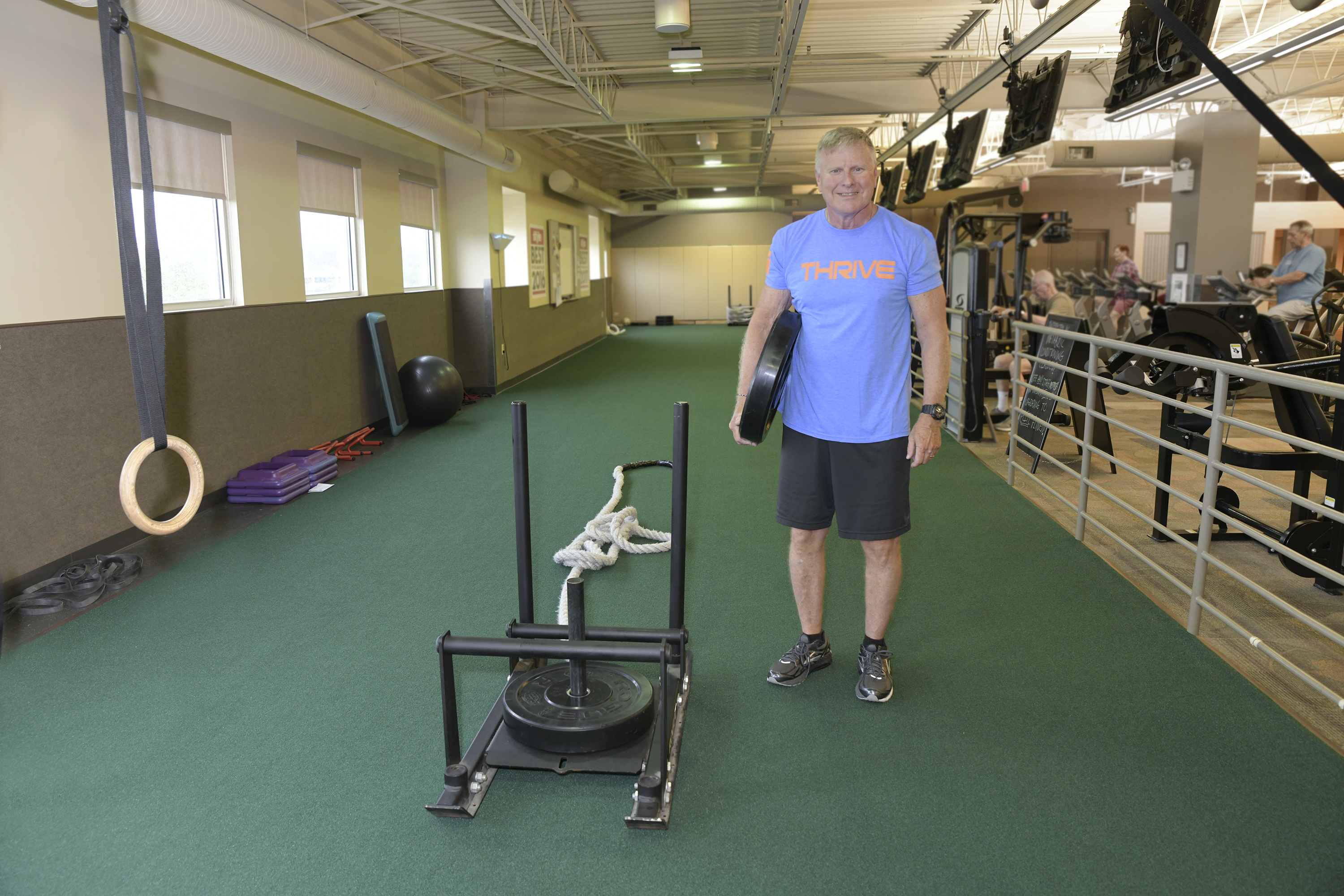

 Quality Awards
Quality Awards

When most people talk about getting fit, they talk about losing a few pounds, being able to run a 5K, do a certain number of pull ups, or even lift a specific goal weight in bench press or squats.
At St. Luke’s Fitness & Sports Performance Centers, getting fit through MetCon (metabolic conditioning) takes a far different approach and produces verifiable results.
“When we talk about metabolic conditioning, we’re referring to the types of exercises that are needed to train the three different energy systems that we have in our bodies,” explained Mike Conway, Director of St. Luke’s Fitness & Sports Performance Center on Commerce Way in Bethlehem.
MetCon classes typically take about 30-45 minutes to complete and are designed to incorporate the three types of energy systems the body engages in during activity:
Phosphagen – which are short term, high powered bursts that last about 10 seconds each;
Anaerobic Glycolysis – the anaerobic system which lasts from about 10 seconds up to two minutes; and Aerobic – which powers the body for longer durations.
“All those systems provide different contributions to the overall energy supply,” Conway said. “It’s kind of like stalking and pouncing in the caveman era. If you’re a good stalker but can’t pounce, you’re not going to be a successful hunter.”
Photo Caption: Mike Conway and Erika Antunes during training session
MetCon classes train you to be a successful athlete. Each workout is different with different intensities for the various exercises along with different work/rest ratios, which trains the body’s ability to recover both physically and mentally.
“In our programs here at St. Luke’s, we incorporate speed, agility and power exercises to give an athlete a complete toolbox of physical fitness elements, and then apply them to the specific sport which has specific strategies and skills,” Conway said.
MetCon classes help athletes increase their power, coordination and agility so that energy becomes more efficient, greatly benefiting athletes in the final stages of a competition, whether it’s beating someone to a loose ball in basketball or soccer, or making that game-saving tackle.
Media Contact:
Sam Kennedy, Corporate Communications Director, 484-526-4134, samuel.kennedy@sluhn.org
About St. Luke’s
Founded in 1872, St. Luke’s University Health Network (SLUHN) is a fully integrated, regional, non-profit network of 14,000 employees providing services at 10 hospitals and over 300 outpatient sites. With annual net revenue of $1.9 billion, the Network’s service area includes 10 counties: Lehigh, Northampton, Berks, Bucks, Carbon, Montgomery, Monroe and Schuylkill counties in Pennsylvania and Warren and Hunterdon counties in New Jersey. Dedicated to advancing medical education, St. Luke’s is the preeminent teaching hospital in central-eastern Pennsylvania. In partnership with Temple University, St. Luke’s created the region’s first and only regional medical school campus. It also operates the nation’s longest continuously operating School of Nursing, established in 1884, and 28 fully accredited graduate medical educational programs with 226 residents and fellows. St. Luke’s is the only health care system in central-eastern Pennsylvania to earn Medicare’s five-star rating (the highest) for quality, efficiency and patient satisfaction. St. Luke’s has earned the 100 Top Major Teaching Hospital designation from IBM Watson Health (formerly Truven Health Analytics) repeatedly – six times total and four years in a row including 2018. It has also been cited by IBM Watson Health as a 50 Top Cardiovascular Program. Utilizing the EPIC electronic medical record (EMR) system for both inpatient and outpatient services, the Network is a multi-year recipient of the Most Wired award recognizing the breadth of the SLUHN’s information technology applications such as telehealth, online scheduling and online pricing information. St. Luke’s is also recognized as one of the state’s lowest cost providers.